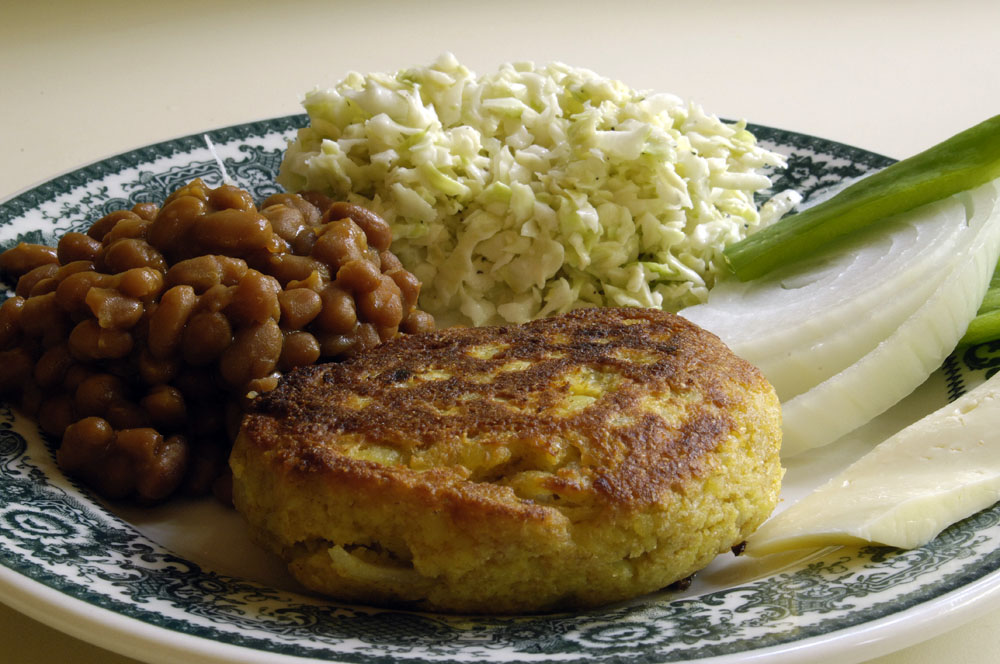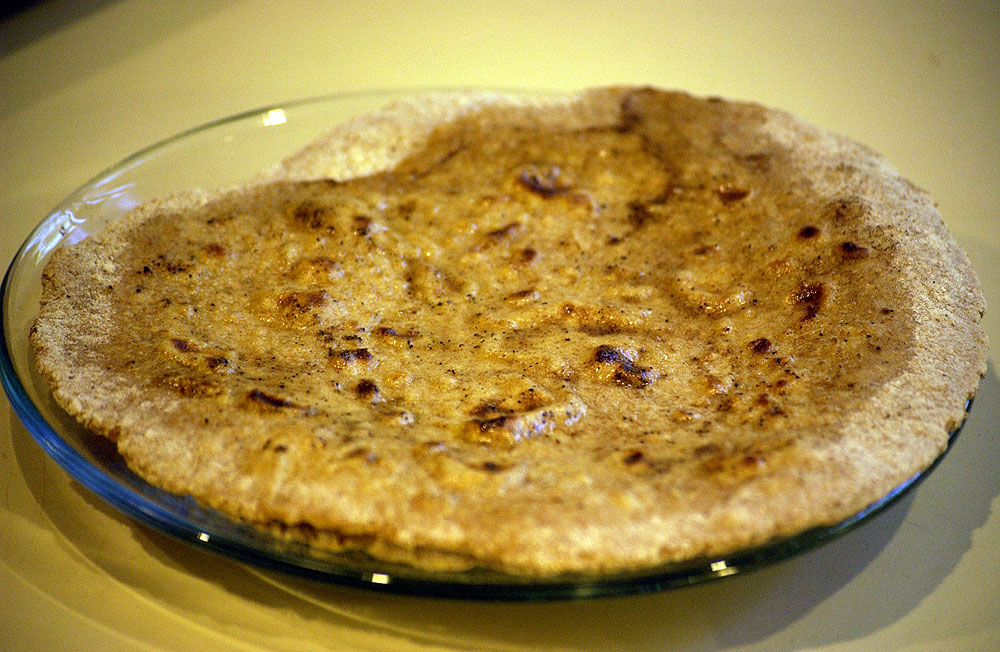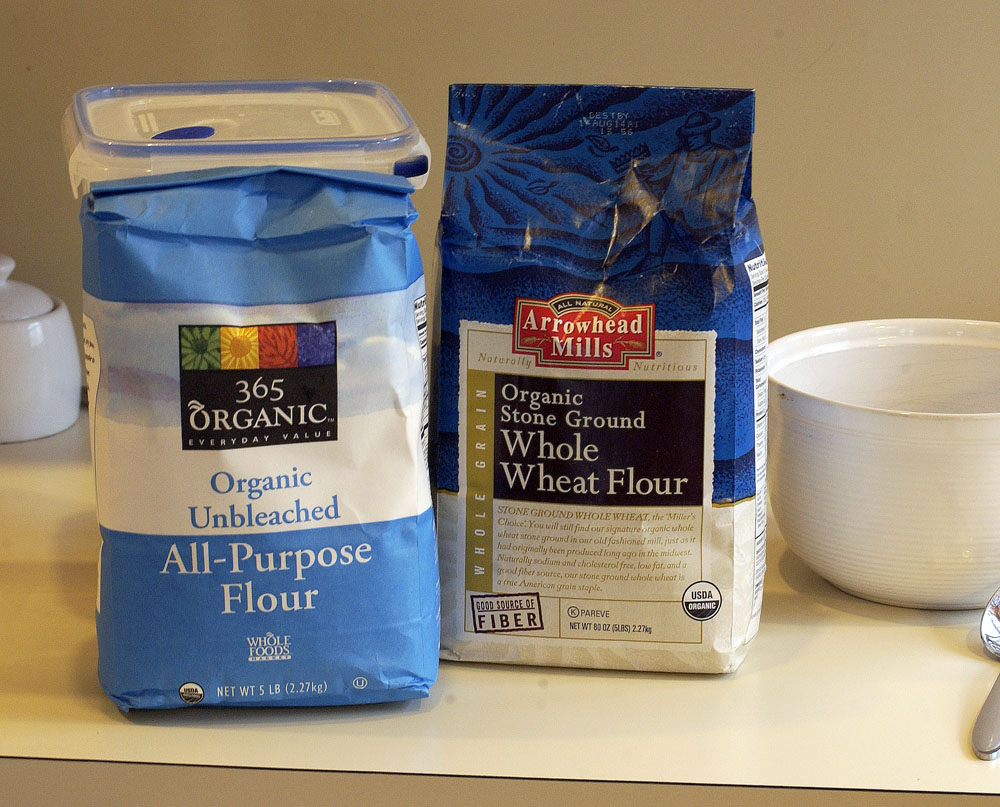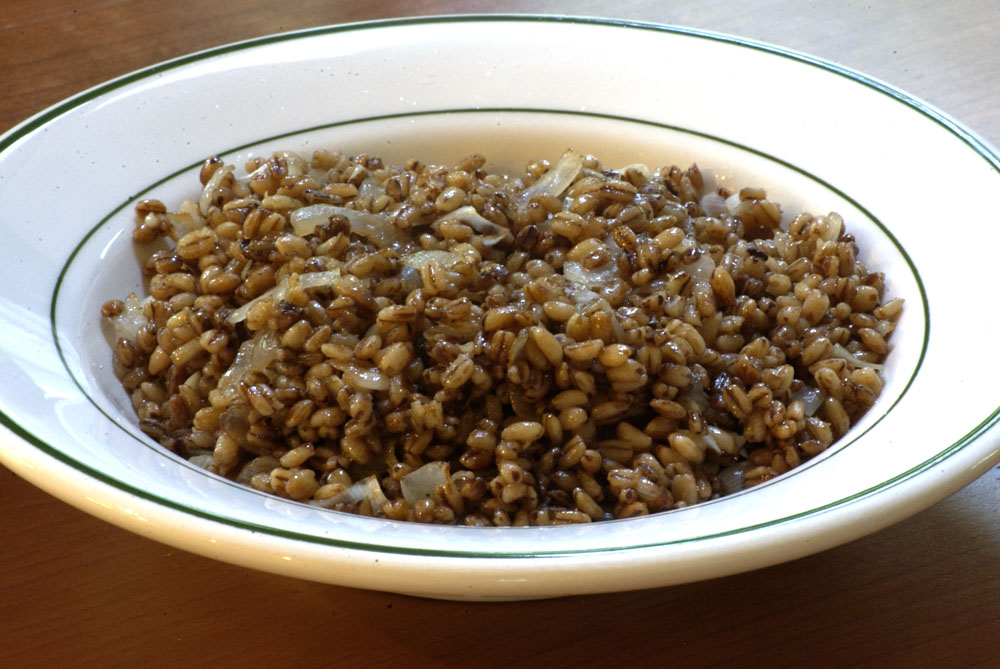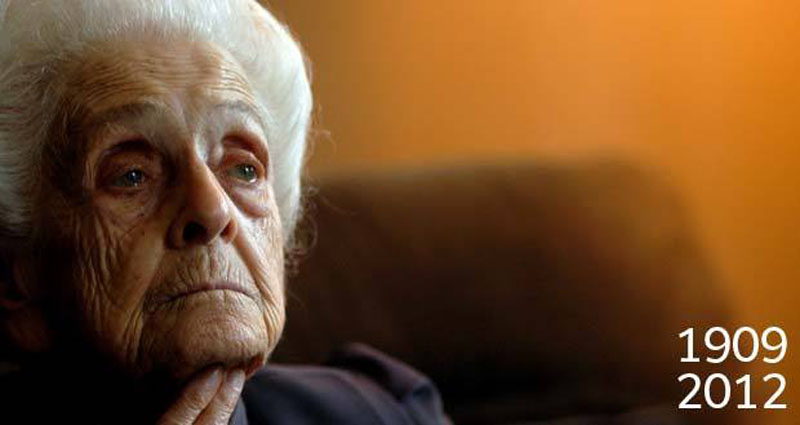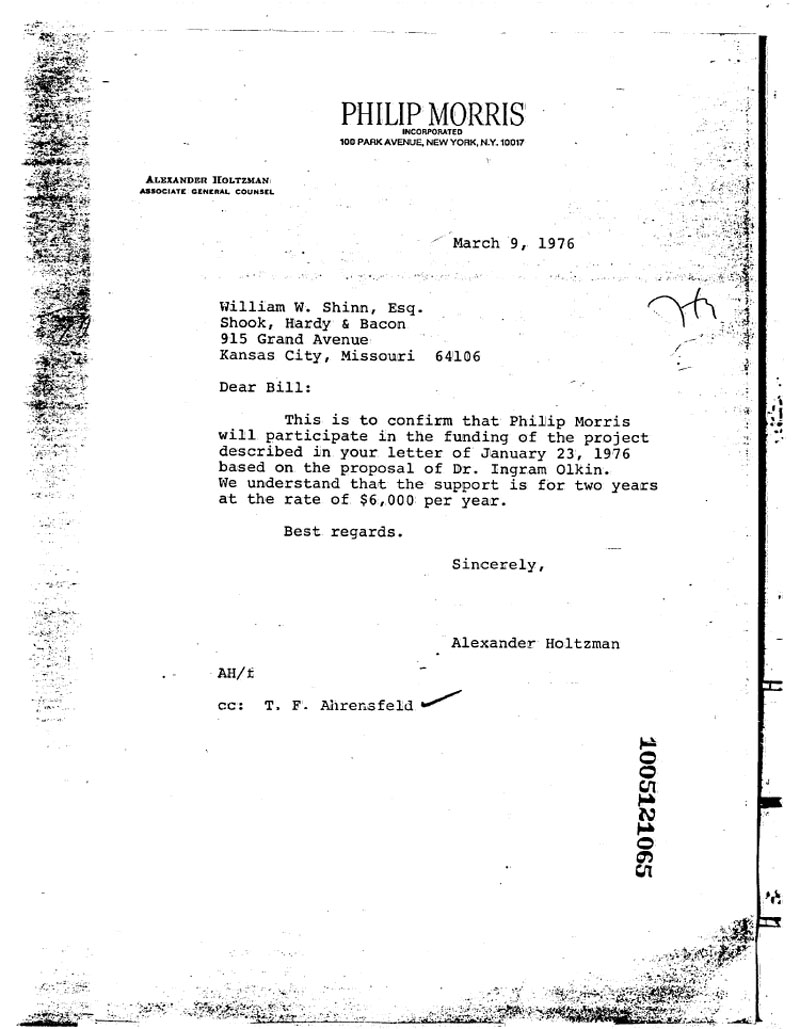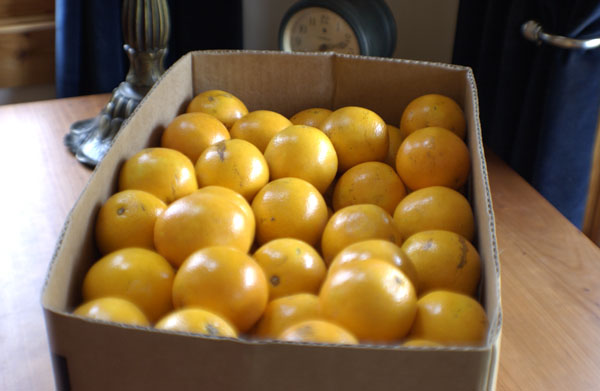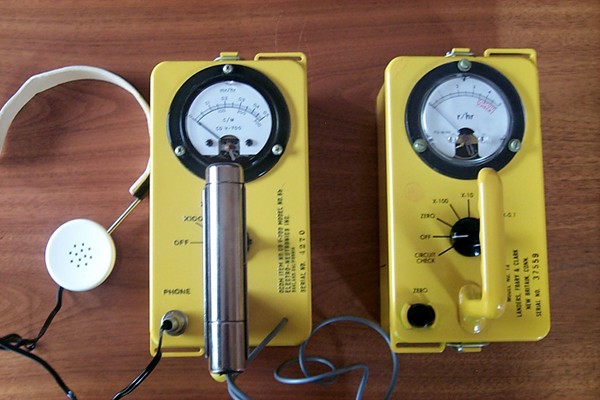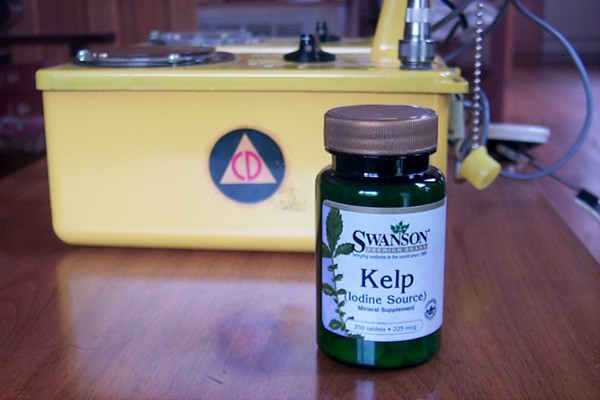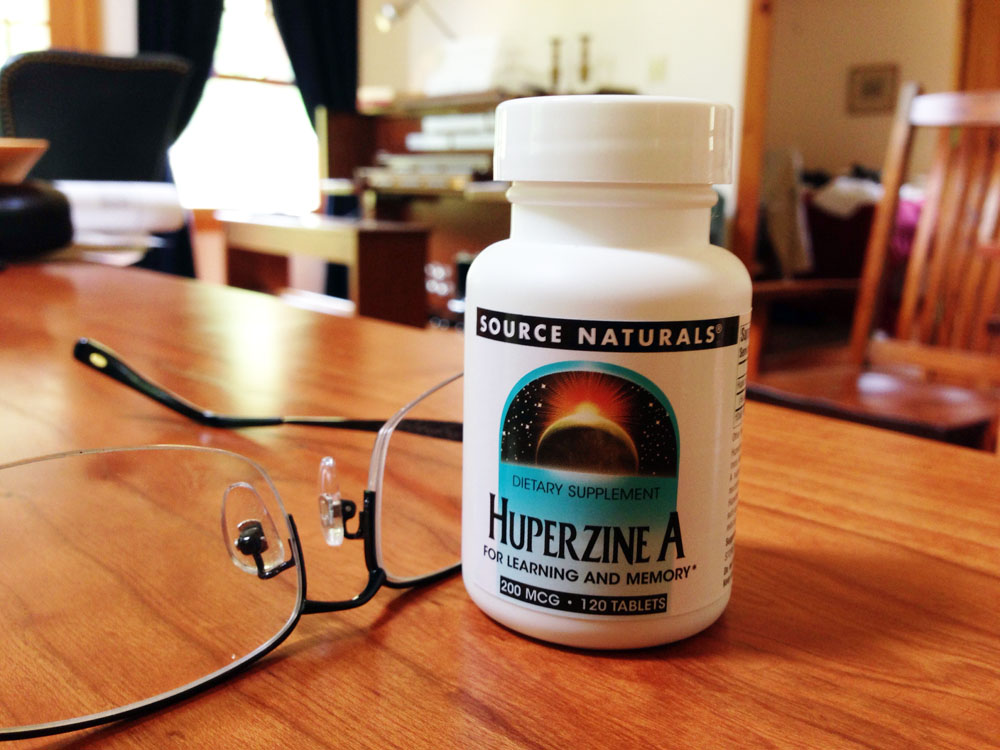
By the way, this is 1,004th post in the Into the Woods blog.
In the past, I have mentioned one of my heros (or heroines, if you wish) — Rita Levi-Montalcini. Italians affectionately called her “La Professoressa.” She was a Nobel laureate. She discovered nerve growth factor back in the 1980s and in 1986 won the Nobel Prize in Medicine. She died in December 2012 at the age of 103.
My favorite interview with La Professoressa is now behind a paywall. But in the interview (I believe she was 98 or 99 at the time), she was asked how she managed to remain so active, with such a young mind. She said that it was because she took nerve growth factor. Nerve growth factor, as I recall, is manufactured in small quantities in Italy, where it is used to treat certain eye disorders. It is not available in the United States. At the age of 98 or 99, La Professoressa said that her mind was sharper than it had been in her twenties. She still worked in her lab every day.
This naturally got me thinking about how it might be possible to acquire some nerve growth factor. I never found a way, but sources pointed to something similar — Huperzine-A. It’s natural and is derived from an Asian moss. There isn’t as much research on Huperzine as I’d like, but the research that has been done is promising for anything having to do with neurological degeneration such as Alzheimer’s. It seemed likely that Huperzine would be helpful to anyone who’s getting older.
At the time I started taking Huperzine-A, Ken was here. As you know if you’ve read Ken’s book, he’s a smart guy. Sitting across from his young mind at breakfast and dinner every day is a challenge. My 63-year-old mind would sometimes forget things (names and nouns in particular). Sometimes I would tell him something that I’d already told him, and he would nicely let me know that I’d already told him that. I found that tremendously embarrassing.
After a couple of months on Huperzine, I asked Ken if I’d forgotten anything lately or repeated something I’d already told him. He thought for a second and said, “Why no, I don’t think you have.”
After I started taking Huperzine, I finished and published my novel. I lost 20 pounds (and have kept it off). I may certainly still have little memory lapses if I’m tired or distracted (forgetting the names of people I don’t know very well, for example). But I’d put my memory up against anyone’s. If you asked me how many clean coffee cups are in the cabinet, or for an inventory of what’s in the dishwasher at the moment, I’d probably get it right. I rarely misplace things. I don’t forget to shut the chickens up in the evening. I know what’s on my calendar.
The effect of Huperzine is subtle. It doesn’t feel like coffee or any kind of stimulant. In fact it actually lowers the heart rate. My resting pulse is rarely above 72, and if I’m really relaxed it’s in the 60s (though how low it goes varies with how much exercise I’ve been getting). Huperzine just makes you feel more focused and more able to concentrate. It won’t compensate for lack of sleep. Nothing does.
There are two side effects.
If you take it close too close to bedtime, it probably will give you insomnia with a racing mind. (Frankly, a racing mind in the middle of the night can be a good thing, if you don’t have to get up in the morning. The imaginative work I do for novel-writing mostly happens in the middle of the night, or while taking long walks. See Clark Strand’s new book Waking Up to the Dark: Ancient Wisdom for a Sleepless Age.)
Huperzine also will give you vivid dreams. When I read the Amazon reviews by people taking Huperzine, I thought they might be exaggerating the effect it has on dreams. But they weren’t. If you want to enhance the dream effect, take Huperzine close to bedtime. If you have good dreams, they’ll be very good. If you have a bad dream, it will be very bad. The dream effect, however, does tend to diminish over time. It’s most noticeable in the first days of taking Huperzine. It increases the complexity and vividness of dreams. I often hear music in my dreams. In a dream just last night, an organist was playing a fugue. I am quite sure that I heard all four voices of the fugue, as clearly as if I were at a live performance. I don’t know how the brain can render detailed visual and aural reality on the fly (in dreams, at least), but somehow it does. If you are prone to sleep paralysis, Huperzine probably will aggravate it.
Here’s an Amazon link for buying Huperzine, which I pass on with all possible disclaimers. You should read up on Huperzine before you try it. Read the Amazon reviews.
Huperzine appears to not have much effect on younger people (except for dreams). Younger people probably don’t need it. But I personally am convinced that it helps keep older minds sharp.

The late Rita Levi-Montalcini

